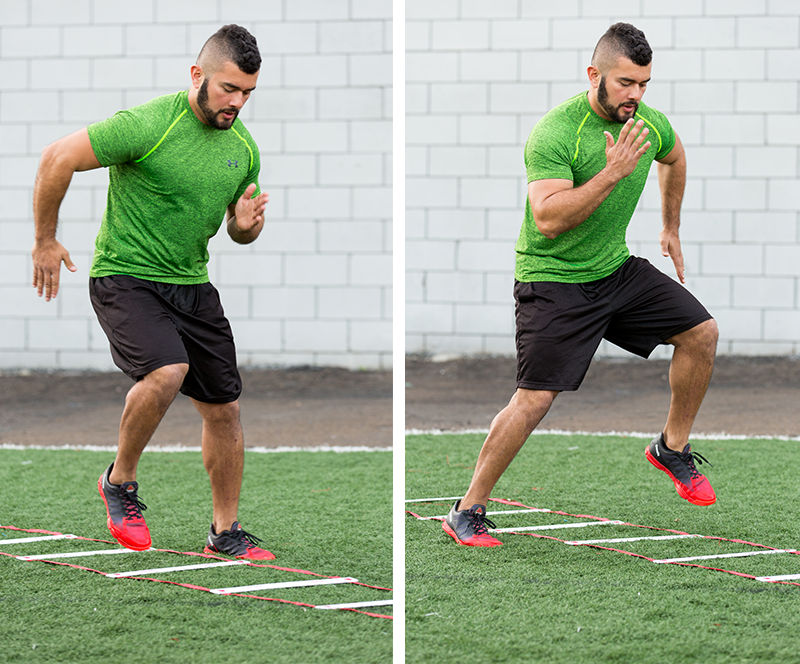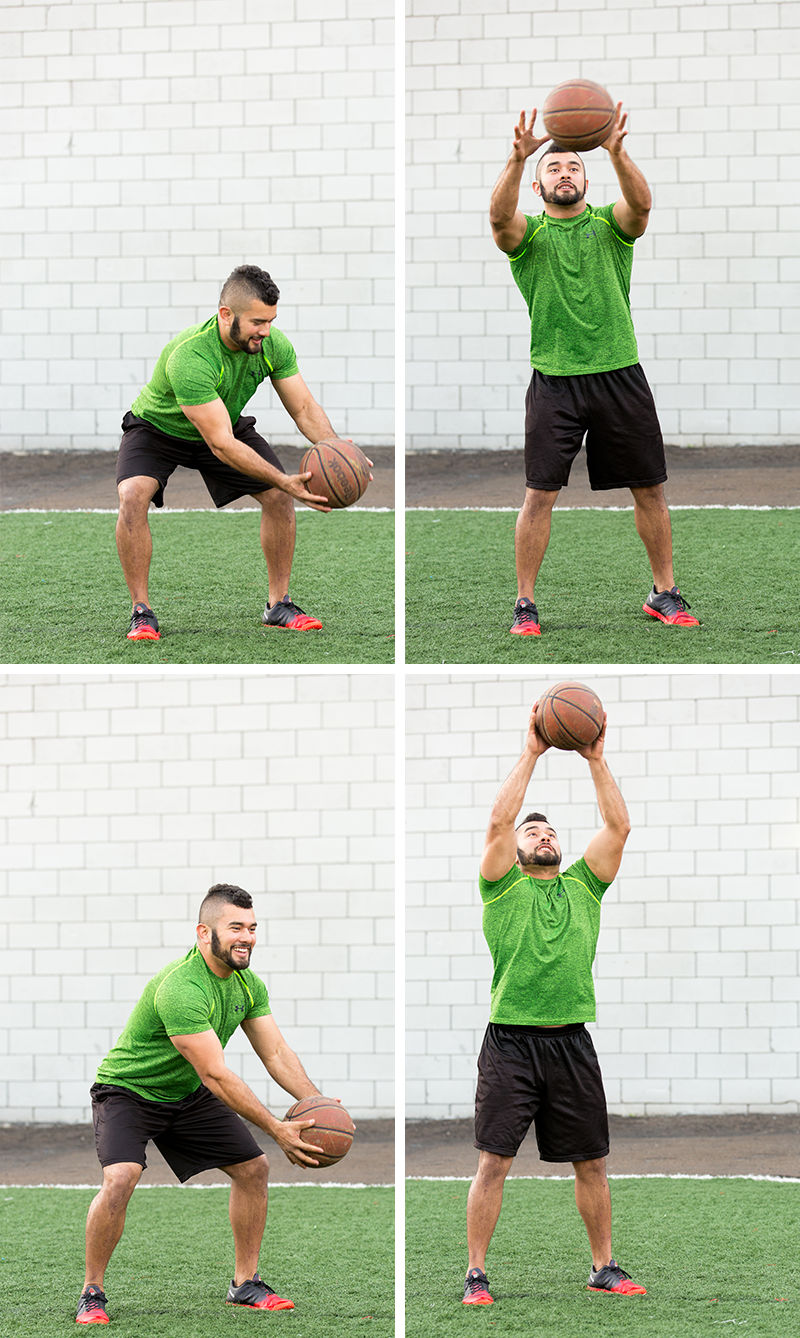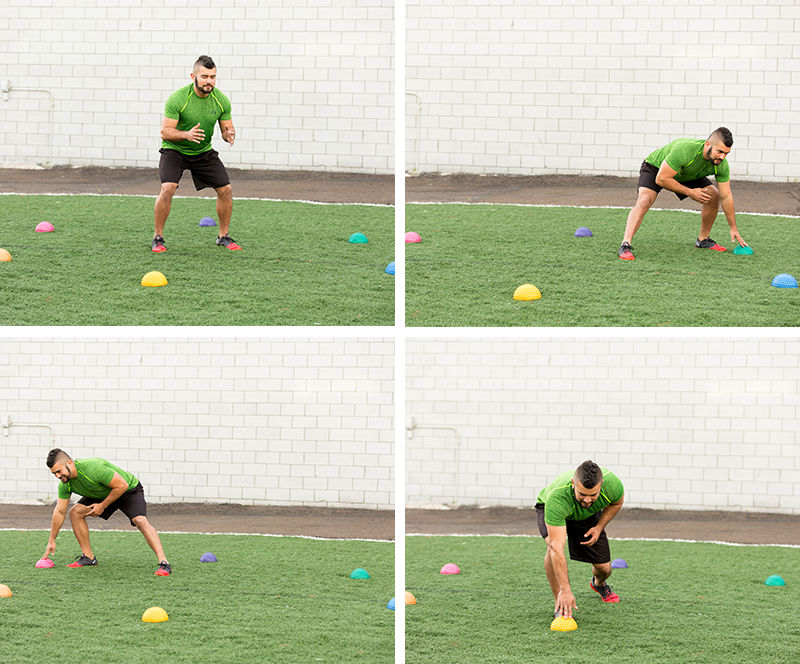Neuromuscular training is crucial to helping increase awareness and decision-making on the field or court. It’s similar to agility, but includes the “reading the field” mindset. Think of it this way: Agility is the ability to move quickly and change direction with ease, which is just one of the outcomes of cognitive awareness drills.
Here are five great cognitive awareness drills that will help your athletes enhance their performance during competition.
Spelling Ladders
This exercise, which uses an agility ladder, should get progressively harder as the mind is also being challenged. Select the method of travel through the ladder, such as marching, quick feet, high knees or double time (two feet in one box), and have your client spell out certain names, places or things while moving through it. By the third set, if the client has mastered the exercise, move onto spelling names backwards or using more complex words. Complete six to eight sets with equal work-rest time.

Counting Catches
Begin standing 3-4 feet away from the client while holding a sports ball (tennis, rugby, basketball, etc.). Explain that the objective is to use different parts of the brain to do basic algebra while catching the ball. Begin by gently tossing the ball to your client immediately after you ask him or her to add or subtract two numbers. The client should say the answer out loud before catching the ball. As the client gets better at the drill, toss the ball quicker, off to one side, or use more challenging equations. Complete 10-20 catches before progressing.

Colored Cones
Set up a circle of four to five different colored cones—the radius of the circle can vary from 3-6 feet. Have the client stand in the middle the circle with his or her eyes closed. Begin by calling out a color or two—the client must touch each cone and return to the center as quick as possible. To progress this drill, call out multiple colors in a row and keep track of how many are correct. Continue this drill for five to 10 minutes with proper rest when needed.

Bear Crawl
Have the client begin in a quadruped position on hands and knees. Lift the knees 2 inches off the floor while maintaining a strong, neutral spine. Begin the drill by standing behind the individual and instructing a direction to move (right, left, forward, backward). This movement can be done slowly or quickly, depending on client strength and fitness level. Once the client has mastered the movements, begin to add in the mental component by using words that start with the letter of the directional word (e.g., farm=forward, legislature=left), so the client has to think of what direction the word corresponds to and then moves in response. Have the client continue to move in that direction until the next word is called. Repeat 10-15 times while keeping proper alignment.

Obstacle Course
Set up a row of five to seven exercises that each use different equipment (e.g., medicine ball squats with an overhead toss, bear crawl through a ladder, kettlebell swings, side lunges on a BOSU). Prior to starting explain the exercises and reps per station, but do not remind the client as they go through the circuit—this will help push cognitive thought processes throughout the course. Complete the circuit two to three times with full recovery time in between. Progress the workout by adding more exercises and varying the number of repetitions.

Deliver the individualized programs people need to adopt long-term, healthy behaviors with ACE's Personal Trainer Certification.




 by
by 









 by
by